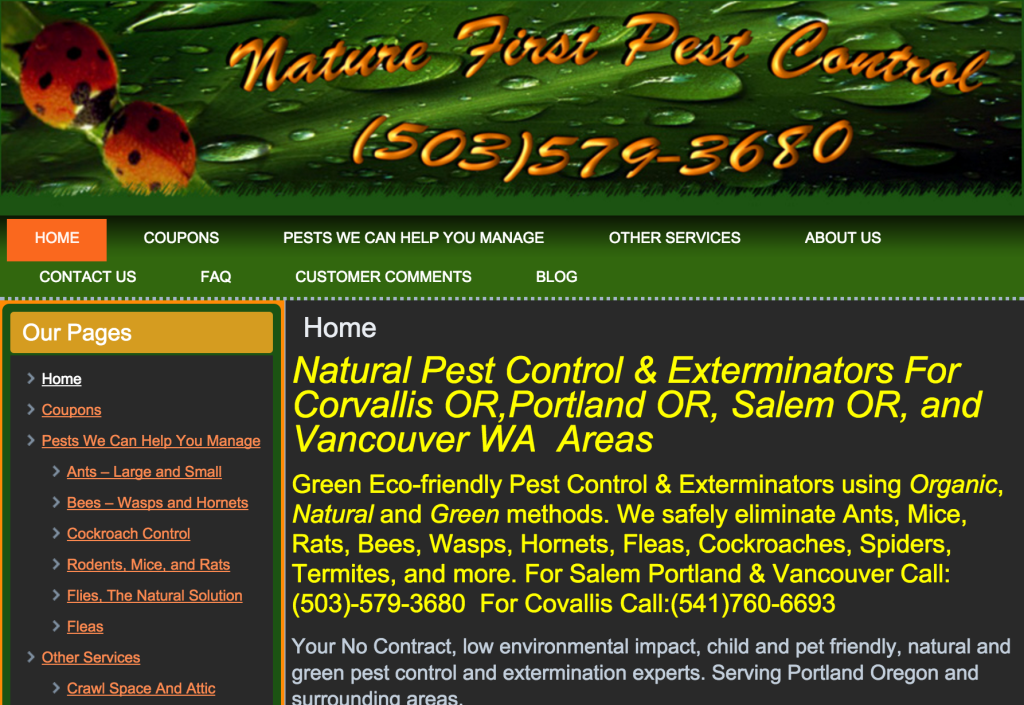I'm delighted to welcome the first guest author to Karvel Digital. Stephanie Morillo is a technologist and professional copywriter for Digital Ocean.
If you’re not giving your website visitors high-quality content, you’re probably losing money.
A well-executed content strategy is every bit as important as design and coding to the overall user experience and the end business goal — usually to get more customers or increase sales. Too often, however, the role of a good content writer or copywriter is not fully understood and copy can be treated as an afterthought.
Understanding content and what your writer’s needs are are important for communicating your company’s value to your readers i.e. potential customers.
A creative brief is a great way to kickstart your copy project. Some writers prefer to send a questionnaire. Others will want to interview the stakeholder(s) in person or by phone.
Content is the What and the Why
[Tweet “Good content informs the reader and tells them how they should take action.”]
Good content informs the reader and tells them how they should take action. Every word on your website or web application should have a purpose.
Consider the two examples below:

Nature’s First Pest Control (in case you couldn’t read that fancy font), has a homepage full of text, but with no clear focus.

Compare that to Pete’s Pest Control. What kind of pests do they get rid of? Any pest. When? Any time. What should you do? Schedule your service TODAY. Including a phone number and a nice big link to a scheduling page would make it even more effective.
Above all, content should answer the questions, “What is this?” and “Why should I care?” It is how you establish trust with the reader. They are looking to you to tell them how you will solve their problem. It’s your job to keep their attention. At a very high level, you should keep these two things in mind:
Know your audience. Is the copy and content consistent with what they believe they will be getting from your service? Knowing your audience helps you hone in on brand voice and tone. Knowing your audience also requires research! You can learn about their needs through market research, talking with customers, visiting forums and more.
Use clear, concise language. Say what you mean and mean what you say. Avoid embellishing sentences to win over your reader.
All Content Is Not Created Equal
A content writer or copywriter will be called upon to draft different forms of content depending on the company or the project. In my role as a copywriter, I’m responsible for creating the following types of content:
- Emails, tailored to specific segments of our audience
- Ad copy for social and paid search
- Social media copy (aka the Twitters),
- Blog articles
- Website copy, including product pages
- User notifications and FAQs
And the list goes on.
Each form of copy has its own set of specifications and constraints. I interface with different project managers depending on the form of content I create.
Social: I work with our social media strategist for major campaigns. We use a specific voice which needs to adhere to certain metrics. Writing pithy tweets in 140 characters ( or less, if we need to add a link), is not easy!
Ad copy: Our user acquisition manager has insights into our numbers on social and paid search. Paid search copy has different character limits than social. I sometimes need to be able to describe a concept in 35 characters or less.
Web copy: I work with our brand marketing manager who provides me with overall direction, and access to mockups of what the page will look like. Copy needs to fit within the given lines of text allotted and have appropriate headers.
User notifications: I work with product designers and product managers to write in-app user notifications or banners, which can sometimes include very technical terms that our readers are expected to know or understand.
There are other forms of content that fall out of my purview but are still essential: legal copy, for example. If your company needs ADA-compliant web content that is accessible to people with disabilities, that is another factor your content writer or copywriter will need to consider..
Process
Working with writers is no different than working with anyone else on your team; process is key. Ensure that you have clear deadlines, understand how your writers triage projects, and provide them with all of the assets needed to get started.
Things to think about when working with writers:
Make sure your writer has everything they need to get started. This includes the intended audience, the purpose, the type of copy, word/character/line limit (if applicable), the type of tone they should take, any additional assets to get started (more information about the product/service, images, etc), who they should speak to if they have any blockers, and finally – a deadline.
Review Process
It’s easy to want a writer’s work to be reviewed by everyone, but get the pseudo cooks out of the kitchen. Having too many people review it will lead to confusion and the project may lose the direction it needs to be cohesive. Make it clear who will be reviewing the work and for what purpose (i.e. copyediting, fact checking, or approval from the project manager). Make it clear to the writer when copy reviews have been finalized and when the project can be considered done.
Coschedule is a great tool for simplifying and speeding up your content creation workflow
Conclusion
There are many moving parts to good content and copy. Making content a priority, working with writers who understand how to craft platform-specific language, and understanding a writer’s process will help you get found by your audience, build trust and turn website visitors into buyers.
And for more advice on making good content, check out Begin As You Mean to Go On Episode 5: Leverage the Power of Content Assets with Kronda Adair.

